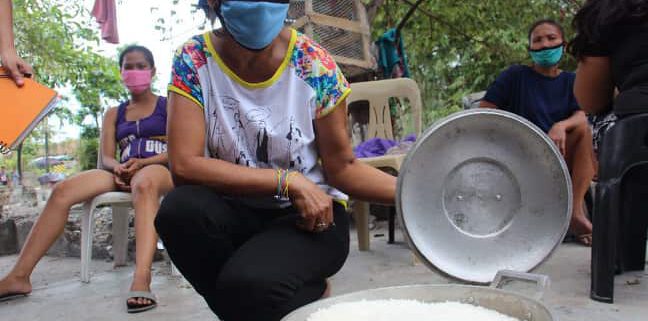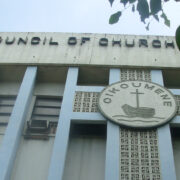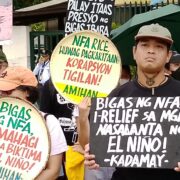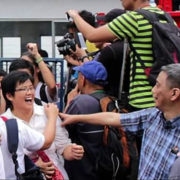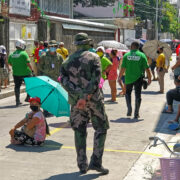Higher inflation for poorest Filipinos underscores urgent need for continued cash subsidies
by IBON Media & Communications
Research group IBON said that the higher inflation is problematic but particularly burdens the poorest Filipinos. Inflation rates for the 30% poorest households are higher than the national average.
Especially amid historic joblessness, this affirms how the government should continue giving cash subsidies as income support, the group said.
According to the Philippine Statistics Authority (PSA), headline inflation rose to 2.5% in June 2020 from 2.1% in May 2020.
Behind this uptick are price increases in: transportation, particularly tricycle fares; alcoholic beverages and tobacco; housing, water, electricity, gas, and other fuels; and communication.
However, the 3.0% inflation rate in June for the poorest 30% of households was higher than the headline inflation rate of 2.5 percent.
This means that the cost of living is rising fastest for the country’s poorest households.
IBON said that this is troublesome for millions of poor families suffering interrupted incomes and stingy emergency relief.
IBON said that the rise in inflation despite repressed consumption during the lockdown is worrying and points to problems in supply and production.
The government is primarily responsible for ensuring these especially during a public emergency.
For instance, the group said, the notable increase in the transport index shows the government’s weakness in ensuring this vital public service.
Rising prices especially for the poorest affirms the urgency of continued income support, IBON said.
The number of beneficiaries getting the second tranche of emergency subsidies should not be limited. The 18 million poorest Filipinos, including the 5 million wait-listed beneficiaries of the Social Amelioration Program, should receive both the first and second tranches of the Php5,000-Php8,000 per-month emergency aid, said the group.
The government said that only those residing in enhanced community quarantine (ECQ) and modified ECQ areas will be getting a second tranche.
This is only 8.6 million families of the original 18 million target beneficiaries, and 3.5 million households of the five million wait-listed.
This also means that 10.6 million beneficiaries now in general community quarantine (GCQ) and modified (MGCQ) areas will have to make do with just their first tranche.
With the cost of living fast rising amid an even worsening pandemic, limiting the number of beneficiaries getting the second tranche of emergency aid is unconscionable, IBON said.
The government should even consider additional tranches for vulnerable households that continue to reel from lost livelihoods and income, said the group. #
= = = = =
Kodao publishes IBON articles as part of a content-sharing agreement.

